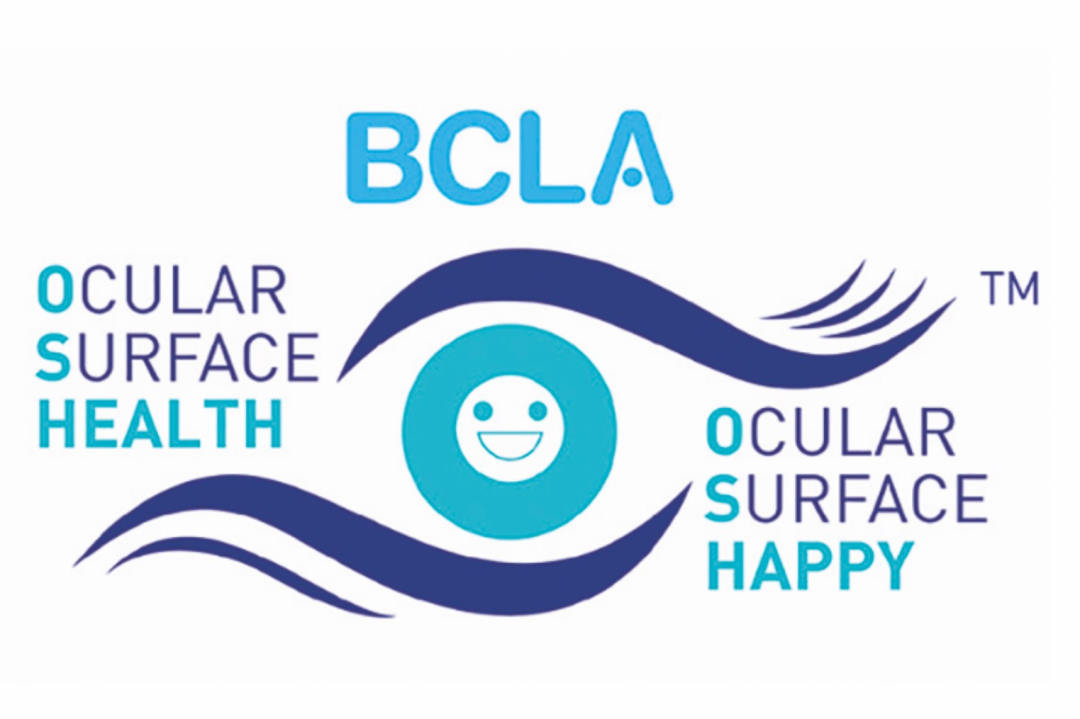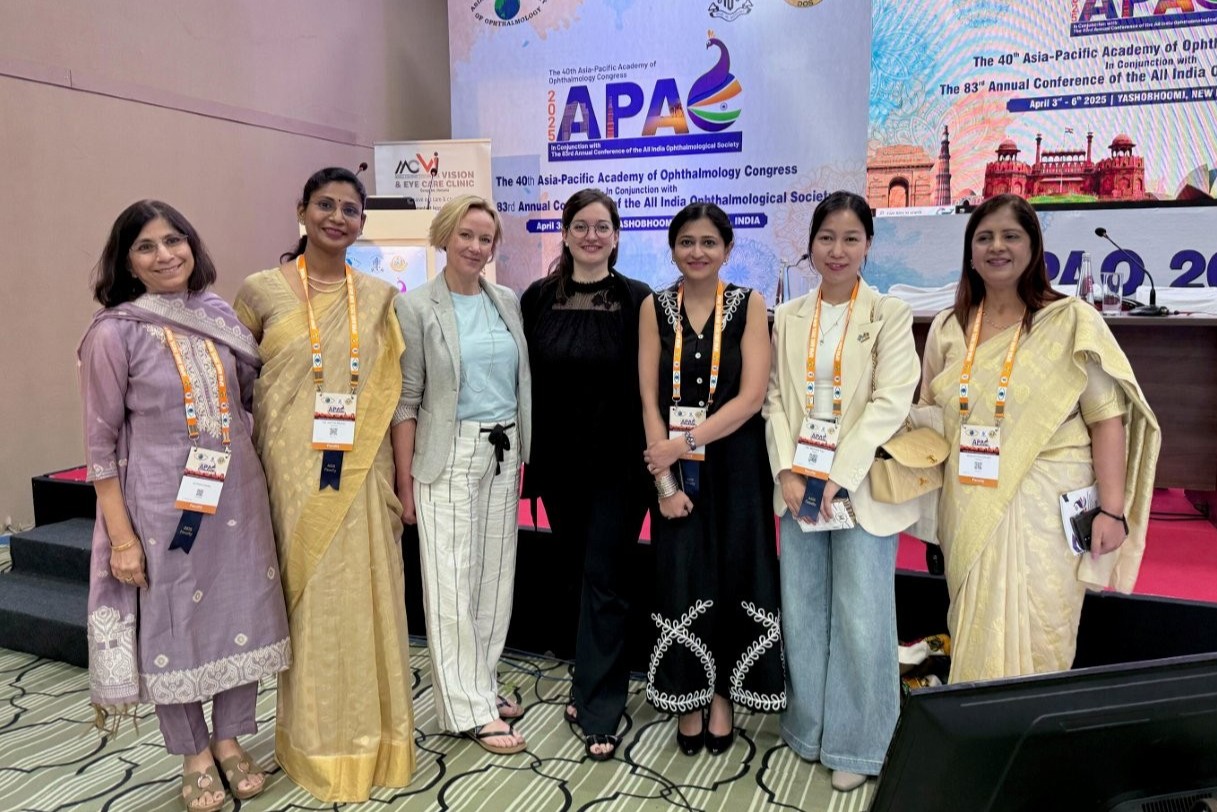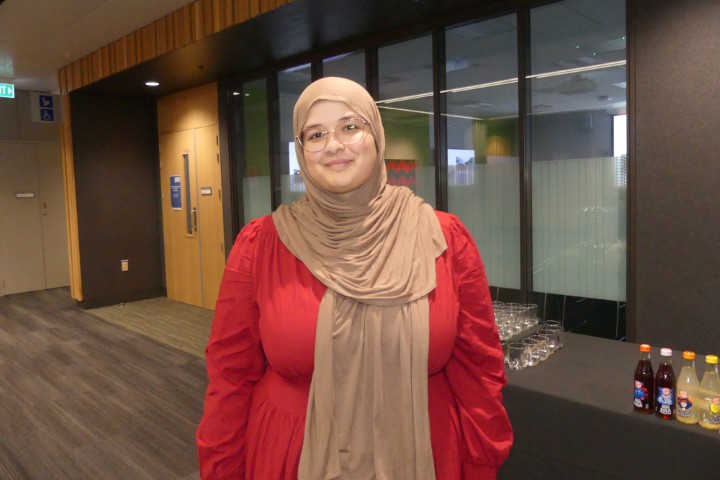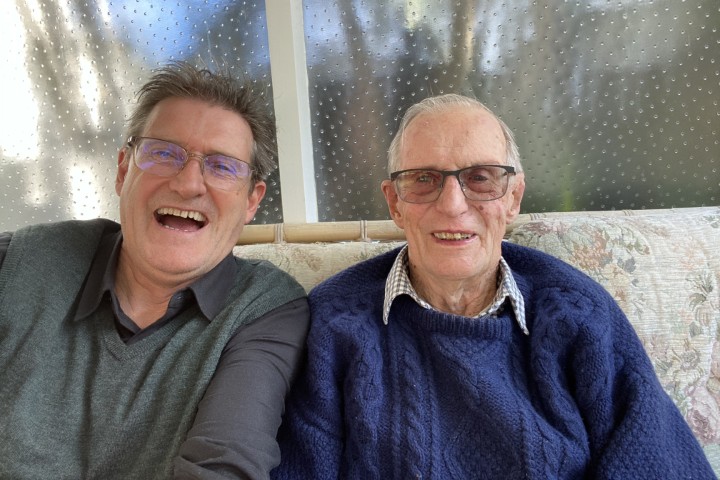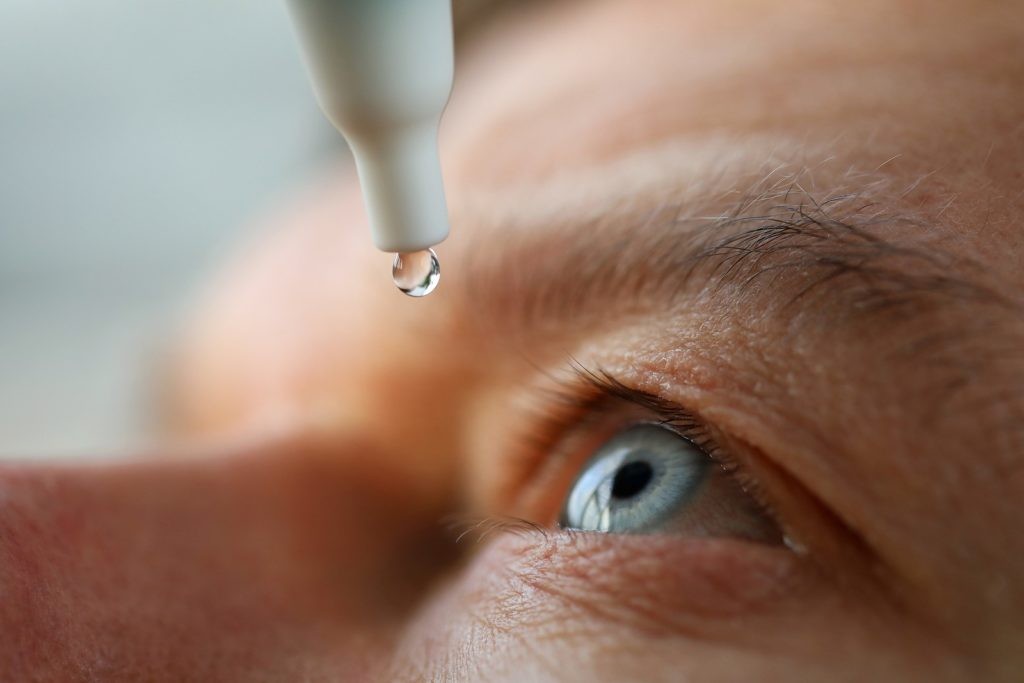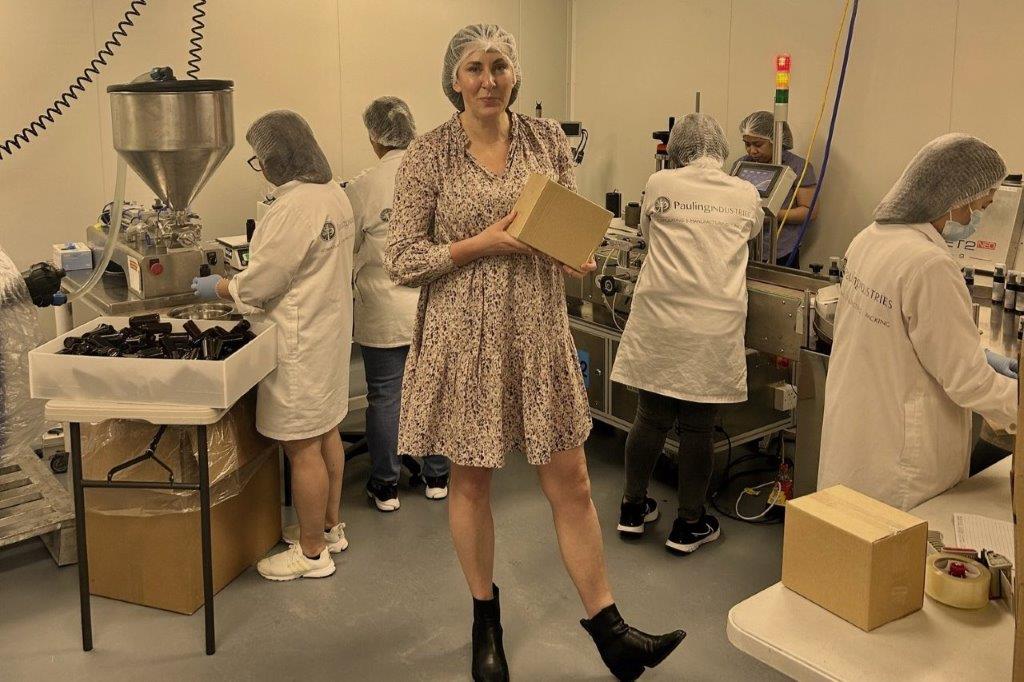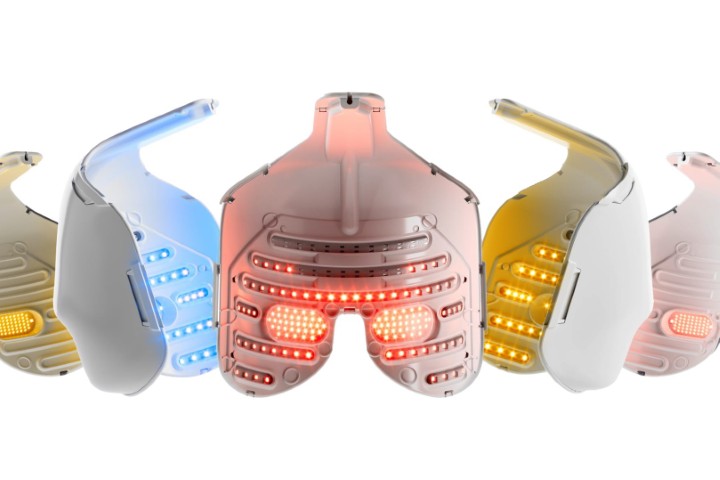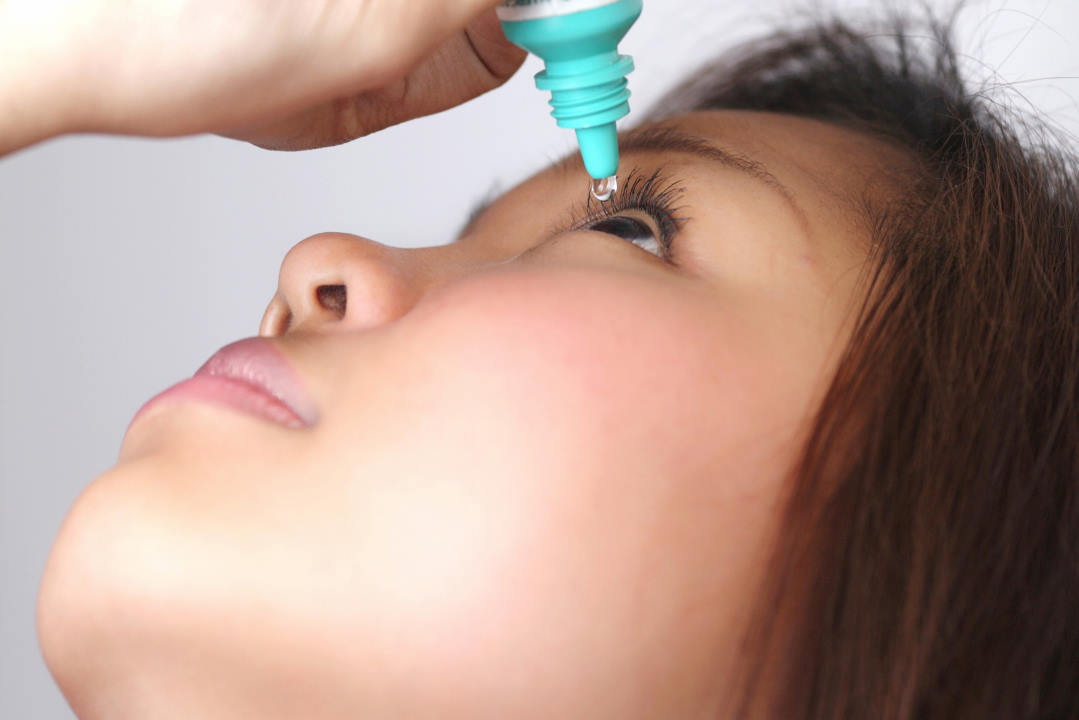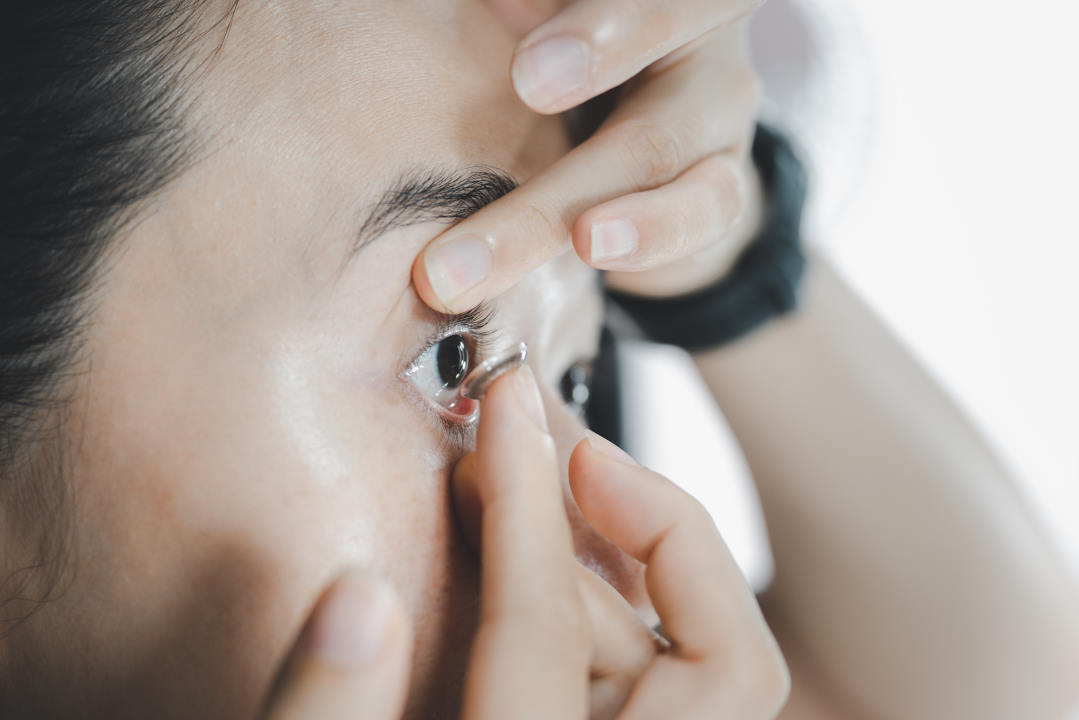A personal vision for BCLA and dry eye
The British Contact Lens Association – or BCLA as it’s better known – is a professional organisation dedicated to promoting the science, education and practice of contact lenses and related eyecare. The BCLA motto is to share knowledge, education and help eyecare practitioners to network, by bringing expertise from the world of academia and research into the world of eye-health professionals, for the benefit of their patients.
With its multiple resources, the BCLA shares the newest research available, with members at all stages of their educational and professional careers, via monthly webinars, podcasts and online courses, including certified courses, as well as the monthly Contact Lens & Anterior Eye journal.
In all dry eye-related webinars and certifications, such as the Certificate in Dry Eye Management & Contact Lens Retention, the BCLA uses the latest research evidence to inform best clinical practice for ocular surface health and dry eye. So far, the main dry eye reports the courses have been based on are the Tear Film and Ocular Surface Society Dry Eye Workshop (TFOS DEWS) II 20171,2,3 and the TFOS Lifestyle Workshop 20234. In each of the biennial BCLA clinical conferences there are research streams, lecture tracks, rapid-fire presentations and posters on the ocular surface, describing new possible diagnoses and treatment outcomes, novel devices and the impact of contact lenses on the tear film and ocular surface.
With the main core of the association being contact lenses, I believe a focus on a deeper understanding of how to ameliorate or optimise the ocular surface is much needed prior to offering a contact lens fit, to try to avoid failure and achieve higher contact lens success rates. Similarly, the new 2024-2025 BCLA president, Sarah Farrant, a UK ambassador for the Tear Film and Ocular Surface Society, also believes the ocular surface is the foundation upon which we must build to support vision and, therefore, a stable tear film and surface is a must.
Most of all, based on the BCLA’s values of communication and best practice, not only is a holistic approach to patient care much needed, but also a collaborative effort between contact lens opticians, manufacturers, optometrists and ophthalmologists, with input from patients. With the BCLA reaching out earlier and more widely to students and other eyecare professionals, more research and understanding can be achieved with higher impact. As mentioned by Farrant, a holistic approach to assessing the ocular surface can help towards understanding the needs of our patients. Being able to take the time to understand our patients’ external and internal environmental challenges can help inform the type of contact lens to be prescribed or the management of their ocular surface disease.
My vision for the BCLA’s ongoing development is for it to become a centre-point association for all eyecare practitioners, with a dedicated ocular surface path as one of the main independent streams. So far it appears to be encouraging more people to undertake research on the topic, resulting in new ideas for diagnostic tools and treatments to manage dry eye disease in the clinical setting. This has, in turn, also sparked the interest of clinicians who are now more alert to looking out for the latest developments on the topic.
The idea of fostering further collaboration is something that can hopefully be encouraged through BCLA Fellowship. I believe it would be wonderful to have an online worldwide collaboration day, where people with similar interests are offered a platform to discuss their results and are provided the chance to connect and talk, which can hopefully blossom into multisite international research collaborations or inter-continental case discussions.
The above is just my perspective, of course, but I hope it offers some insight into what I believe is the BCLA’s potential to benefit the eyecare community globally, while retaining the patient at the centre of all that we do.
References
- Craig JP, Nichols KK, Akpek EK, Caffery B, Dua HS, Joo CK, Liu Z, Nelson JD, Nichols JJ, Tsubota K, Stapleton F. TFOS DEWS II Definition and Classification Report. Ocul Surf. 2017 Jul;15(3):276-283.
- Wolffsohn JS, Arita R, Chalmers R, Djalilian A, Dogru M, Dumbleton K, Gupta PK, Karpecki P, Lazreg S, Pult H, Sullivan BD, Tomlinson A, Tong L, Villani E, Yoon KC, Jones L, Craig JP. TFOS DEWS II Diagnostic Methodology report. Ocul Surf. 2017 Jul;15(3):539-574.
- Jones L, Downie LE, Korb D, Benitez-Del-Castillo JM, Dana R, Deng SX, Dong PN, Geerling G, Hida RY, Liu Y, Seo KY, Tauber J, Wakamatsu TH, Xu J, Wolffsohn JS, Craig JP. TFOS DEWS II Management and Therapy Report. Ocul Surf. 2017 Jul;15(3):575-628.
- Jones L, Efron N, Bandamwar K, Barnett M, Jacobs DS, Jalbert I, Pult H, Rhee MK, Sheardown H, Shovlin JP, Stahl U, Stanila A, Tan J, Tavazzi S, Ucakhan OO, Willcox MDP, Downie LE. TFOS Lifestyle: Impact of contact lenses on the ocular surface. Ocul Surf. 2023 Jul;29:175-219.

Dr Sònia Travé Huarte is a postdoctoral researcher and optometrist at Aston University, UK, specialising in dry eye treatment, specialist contact lenses, anterior ocular surface disease management, meibomian gland dysfunction and corneal pain. She is also a clinical supervisor on the university’s optometry programme.









